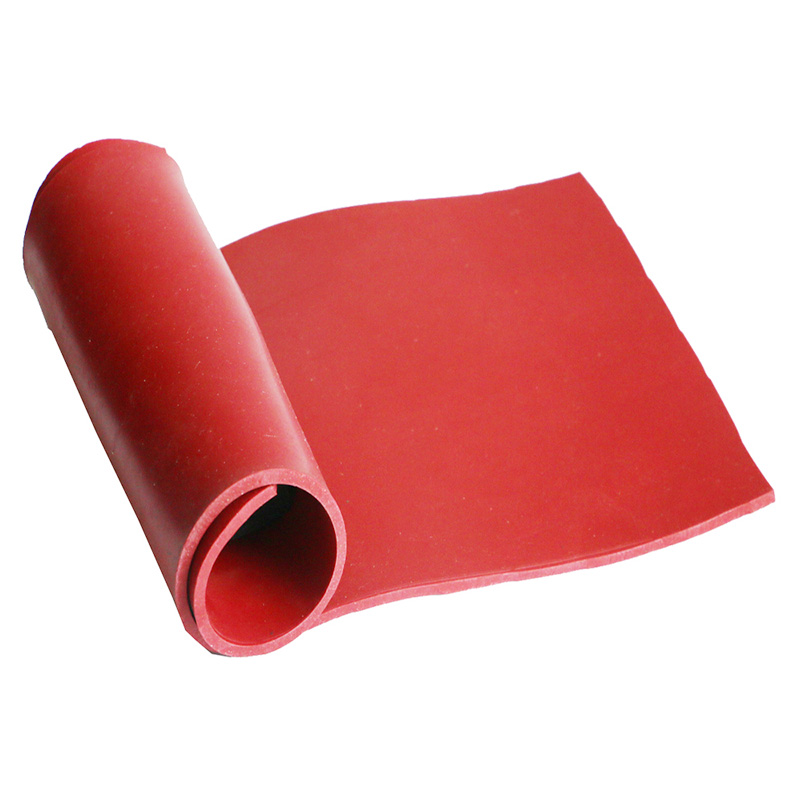What is neoprene rubber used for?
What is neoprene rubber used for? Neoprene rubber finds diverse applications across industries owing to its unique combination of properties. From sporting gear to industrial machinery, the versatility of neoprene makes it a sought-after material in various fields.
Versatility and Properties of Neoprene Rubber:
Neoprene rubber, a synthetic rubber created through polymerization of chloroprene, boasts a set of characteristics that make it highly adaptable. Its inherent resistance to oils, chemicals, and temperature extremes positions neoprene as a reliable material in challenging environments. The flexibility and elasticity of neoprene further enhance its usability in a wide range of applications.
Applications in Sporting Gear:
One prominent use of neoprene rubber is in the manufacturing of sporting gear. Wetsuits, known for their excellent insulation properties and flexibility, are often crafted from neoprene. The material's ability to provide thermal protection in cold waters while allowing freedom of movement has made it a staple in the surfing, diving, and water sports communities.
Beyond wetsuits, neoprene also finds applications in sports braces, knee sleeves, and other protective gear. Its elasticity and durability make it an ideal choice for providing support and compression in various athletic activities.
Industrial Applications:
In the industrial realm, neoprene rubber plays a crucial role in gasket and seal manufacturing. Its resistance to oil, chemicals, and environmental factors makes it a preferred material for creating reliable seals in machinery and equipment. Neoprene gaskets are utilized in automotive engines, pipelines, and other systems where a secure and durable seal is essential.
Moreover, neoprene's ability to resist degradation from exposure to sunlight and ozone extends its utility in outdoor applications. It is commonly used in the production of conveyor belts, hoses, and other components that require resilience in harsh environmental conditions.
Medical and Consumer Goods:
Neoprene's versatility extends into the medical field, where it is employed in the fabrication of orthopedic braces, bandages, and joint supports. The material's ability to provide gentle compression and support makes it suitable for applications in rehabilitation and injury prevention.
In the consumer goods sector, neoprene is used in the manufacturing of laptop sleeves, phone cases, and various accessories. Its protective qualities, combined with a sleek and modern appearance, contribute to the popularity of neoprene in the design of everyday items.
Environmental Impact:
Beyond its applications, considering the environmental impact of neoprene is crucial. While neoprene is a synthetic material, efforts are underway to develop more sustainable alternatives. Manufacturers are exploring eco-friendly formulations and recycling initiatives to mitigate the ecological footprint associated with neoprene production and usage.
Conclusion:
In conclusion, neoprene rubber's multifaceted nature positions it as a material of choice in diverse applications. Its role in sporting gear, industrial settings, medical applications, and consumer goods showcases the adaptability and reliability of neoprene. As industries continue to innovate, there is a growing emphasis on developing sustainable practices within the neoprene manufacturing process, ensuring its continued utility while addressing environmental concerns.


Comments
0